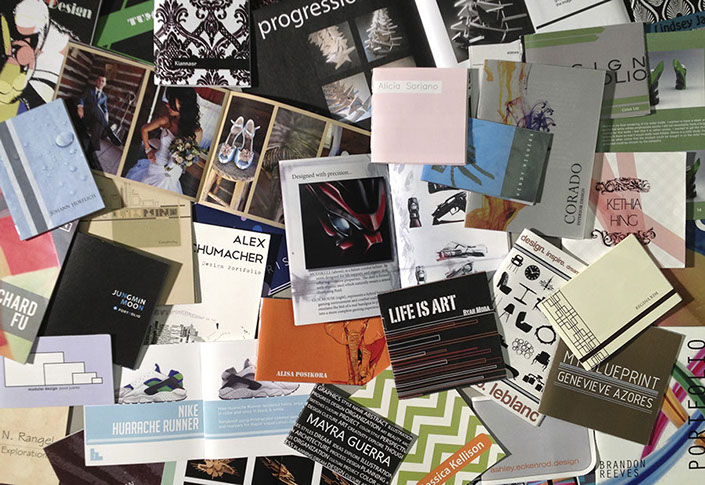DESN 255 — INTRO TO COMPUTER GRAPHICS I | FALL 2020 | TTH 1:00–3:45PM | ONLINE (AMI)
BRIEF
Even today with the web, a uniquely designed hard copy portfolio book makes a very strong impression and is a common currency in everything from in-house collateral to promotional pieces for many of your favorite brands, from custom automotive wheel makers like American Racing to athletic companies like Oakley and Fizik, everyone has "leave behinds" and brochures for their goods or services.
For this assignment you will create a unique, custom collateral piece of your own to promote what ever work you've done thus far in your academic and/or professional career.
We will NOT use any plastic spiral binding. We will be using a saddle-stitched (stapled) method. This method of binding is very economical as it uses just 9 sheets of paper to produce a 36 page layout.
While we will go through this process using only letter (8-1/2"x11") paper, you can also do this with tabloid (11x17") paper just as easily for a larger format.
DELIVERABLES
A hard copy printed saddle-stitch style book, finished. See the instructions for saving your PDF for correct Booklet printing here after your layout is complete.
Submit a PDF image of your layout to your folder in the class folder on Dropbox.com (not Beachboard's dropbox).
Name the file according to the filenaming standard indicated on the Syllabus, Section 10.5.
Your book must contain the following: your name, your contact info on the
back cover (how would someone contact you if they wanted to hire you?),
a table of contents, automatic page numbering, and a minimum of three hierarchies of text throughout including titles (largest, graphic in style), headings (large, approx. 12pt bold, may be larger), body copy descriptions
(9 or 10pt type), and captions, footers, and page numbering (7pt).
REFERENCES
Necessary Reading:
- Typography. Every designer needs to have a base understanding of typography and how to use scale and readability to advantage.
- Grid Systems. Learn how to use a systematic approach to organize your layouts and keep your elements aligned.
- Grid Systems/Theory. Organization systems for layout design.
- Designers Are Remaking the Portfolio Into a Client Magnet Secret Weapon.
Check out the book Portfolios for Interior Designers by Maureen Mitton. The title is misleading as it's a relevant and valuable reference for all designers. The book provides short tutorials in Photoshop, Illustrator, and InDesign as well as covering resumes, and presentation and portfolio layout.
VIDEO GUIDES & TUTORIAL
Get familiar with Adobe's Tutorials. They're excellent.
InDesign Help Menu / Tutorials

Other Resources
LinkedIn Learning (formerly Lynda.com) is available for free to all students via the University Library and your Single Sign-on account. Look for the LinkedIn widget.
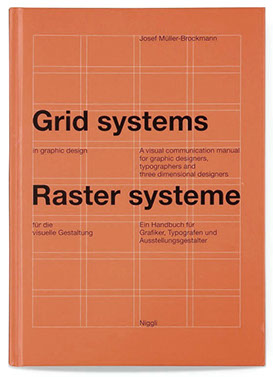
GETTING STARTED
Getting Started - Laying out a Print Book. You may wish to skip over the use of Character and Paragraph Styles on this tutorial, at this level.
Create a Layout with Text & Graphics
Now, our project will have a bit more depth.
1. Download and Print this file for your reference: InDesign-Introduction to Basics
Your book will consist of 9 sheets of letter paper, folded in half, producing a total of 36 pages. The first sheet of paper will also be the front and back cover as it wraps around the book. Below are some reference examples.
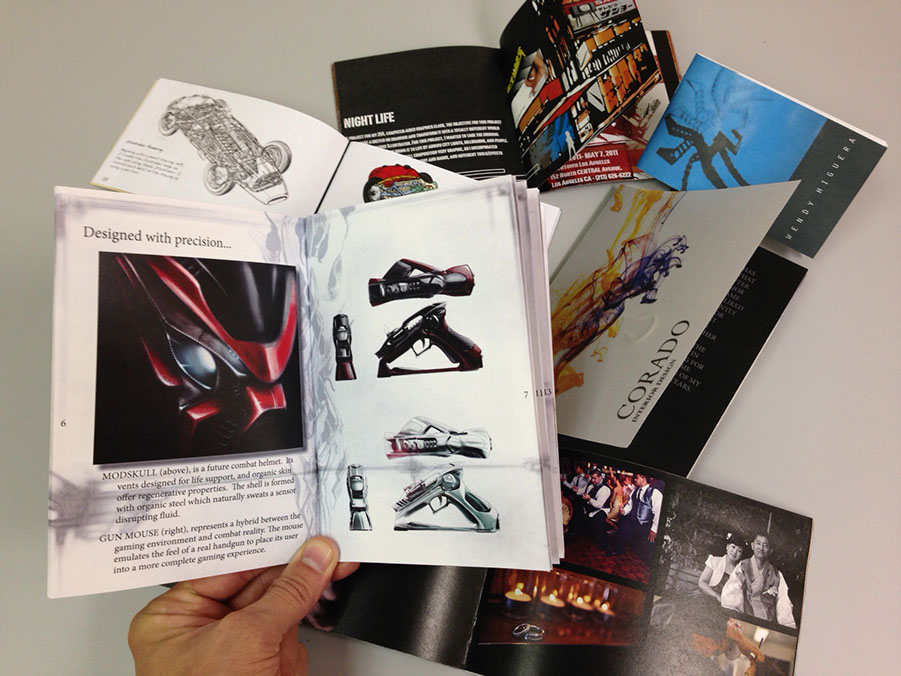
2. LAUNCH INDESIGN.
You will get a Create A New Document Screen, and now you can change your working units there. This wasn't always possible, but if while your working you want to switch units, I often do, then follow the next step, otherwise you can jump to step 4.
3. SETUP YOUR WORKING UNITS
The shortcut is Ctrl (Cmd) + K. Or go to Preferences > Units & Increments... You can always change this at any time, but it's a little easier to work out your page size next when your units are set the way you prefer.
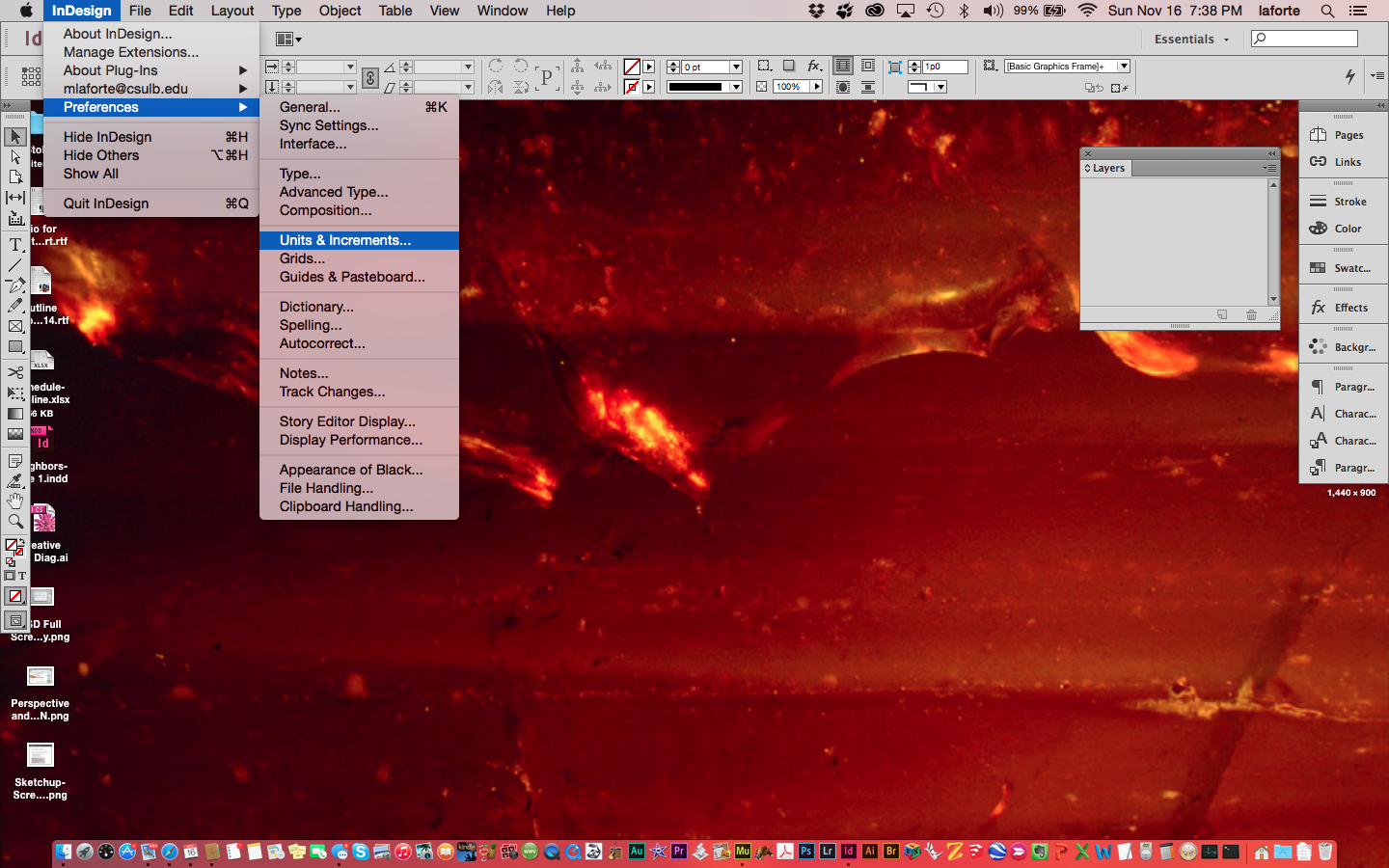
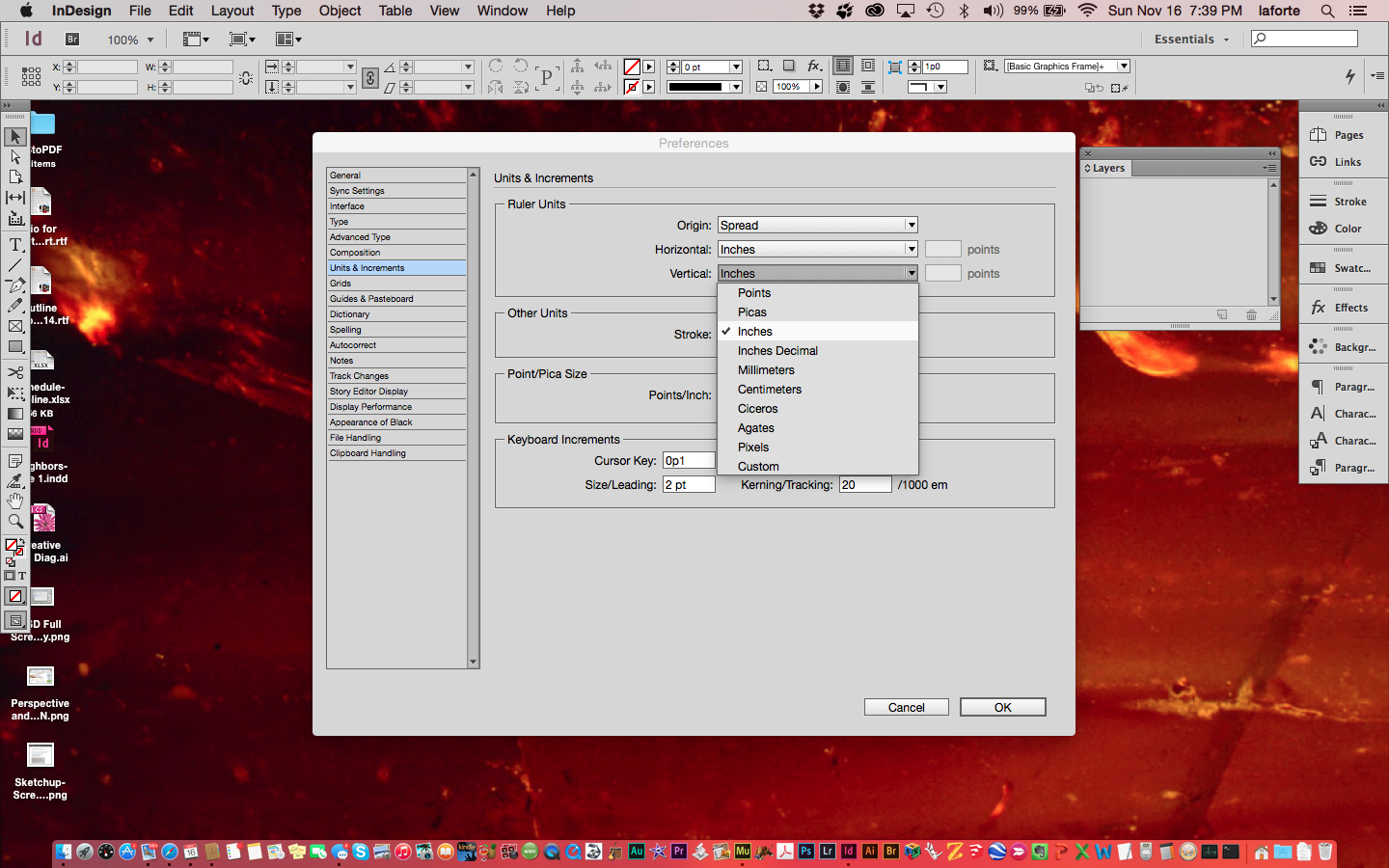
Change both the Horizontal and Vertical Units.
For this demo, I'll use Inches, but you can use any units you're most accustomed to.
4. OPEN THE PAGES PREVIEW PANE
Go to the Window Menu and choose Pages. If it's already checked, then look to the left side menus and open it there. Stretch it out vertically as long as possible to see your pages laid out, in the next step.
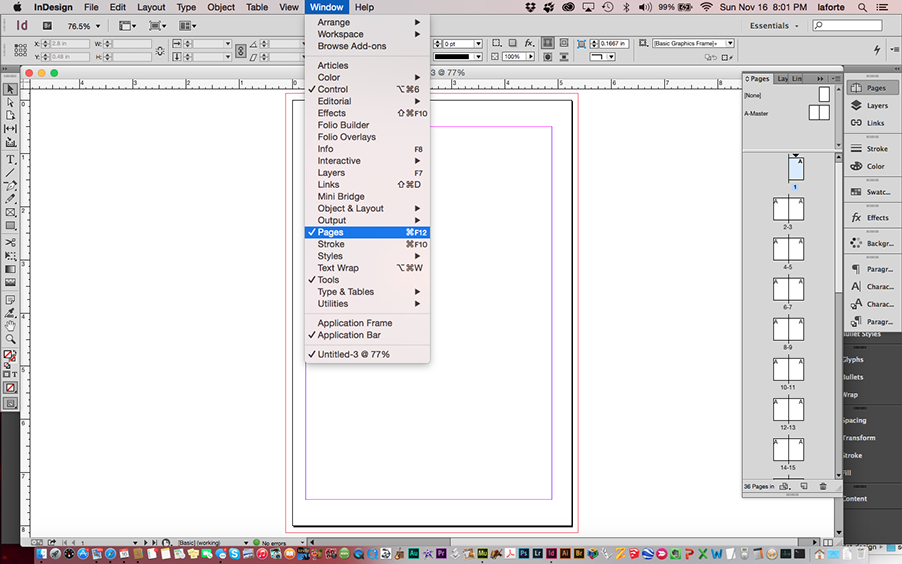
Using the little bar at the bottom, stretch it out as long as your screen will allow.
5. CREATE A NEW DOCUMENT
Go to the File Menu > New > Document. Or, the shortcut is just Ctrl (Cmd) + N. Do not create a new Book or other type of file.
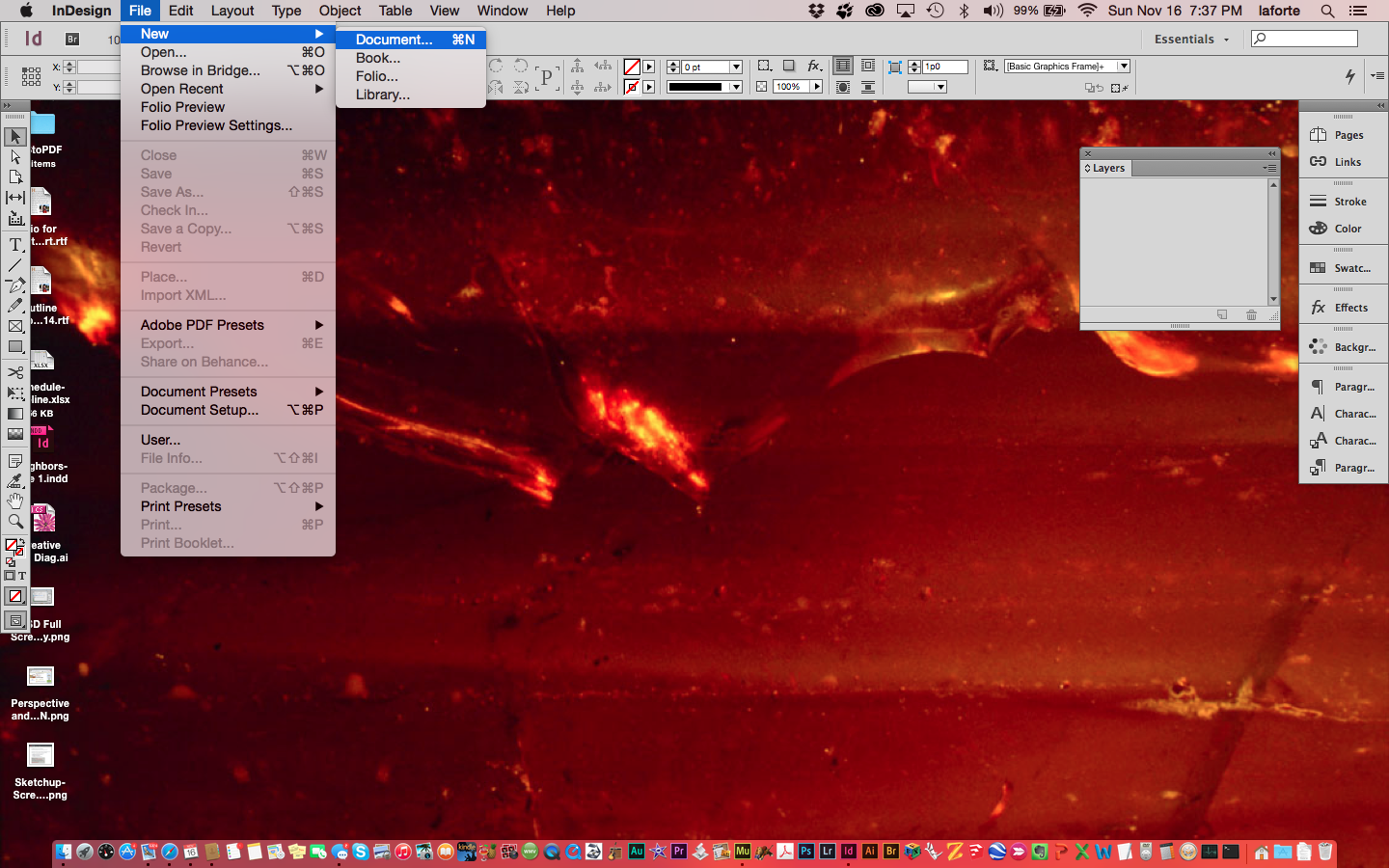
6. DOCUMENT SETUP
The settings below will produce a 5-1/4"x8" finished sized book, after printing double-sided,
folding the paper, and trimming.
You may make your book any size and proportion you like, but keep in mind standard paper sizes.
Letter is 8-1/2x11", folded it's 5.5x8.5"; Legal is 8-1/2x14" and folded 7"x8.5"; and Tabloid is 11x17" or 8.5x11".
For this type of book, when setting up your "Page Size", subtract approximately 1/2" from the finished
size in order to allow for printing with bleed and hitting the finished size after trimming.
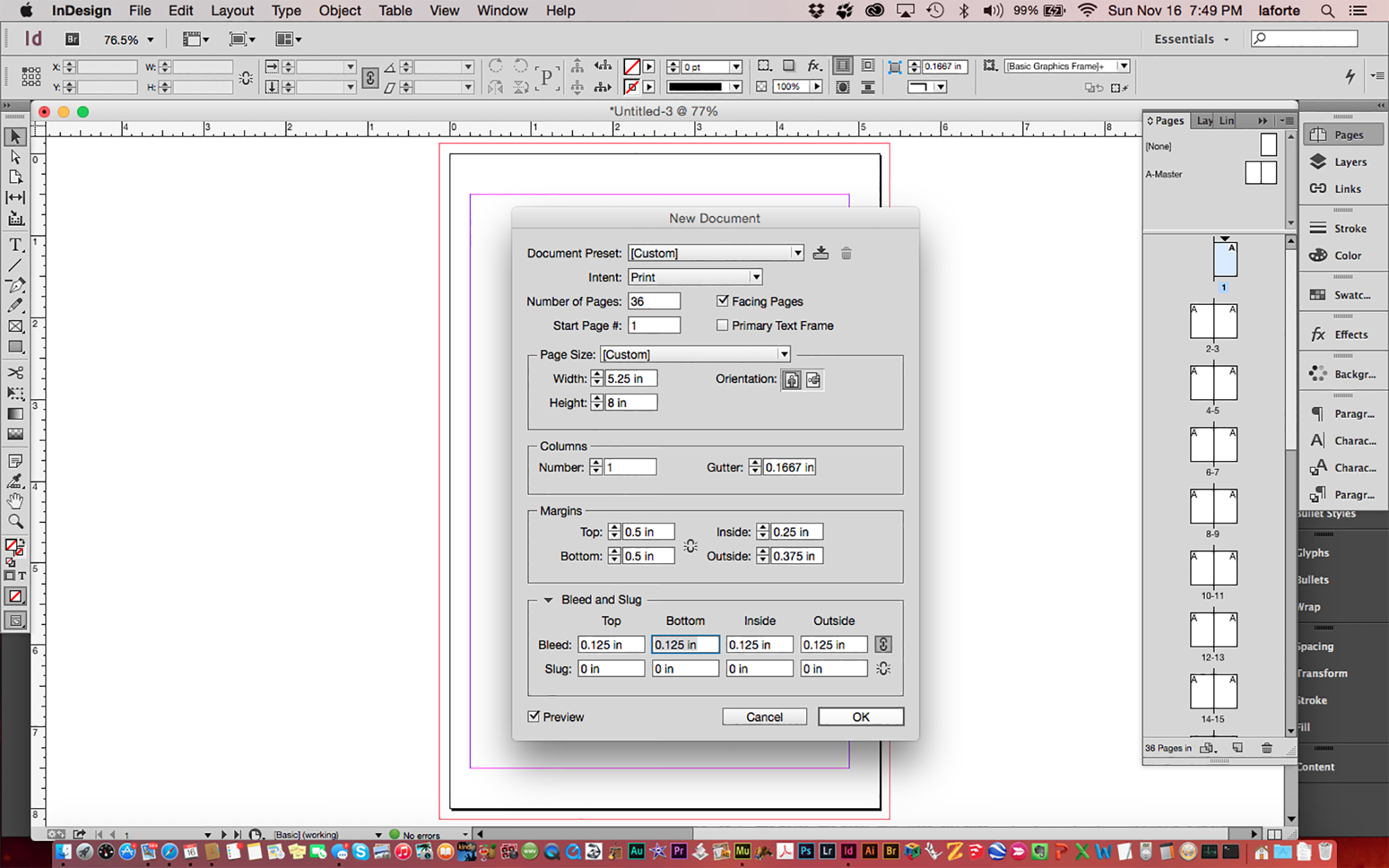
7. WE'RE OFF AND RUNNING
Notice that the Pages Preview Pane is a thumbnail representation of your book. Page 1 will be the cover while page 2 will be the inside page of the cover. Correspondingly, scroll down to the back of the book and page 35 is the inside of the back cover and page 36 is the back cover.

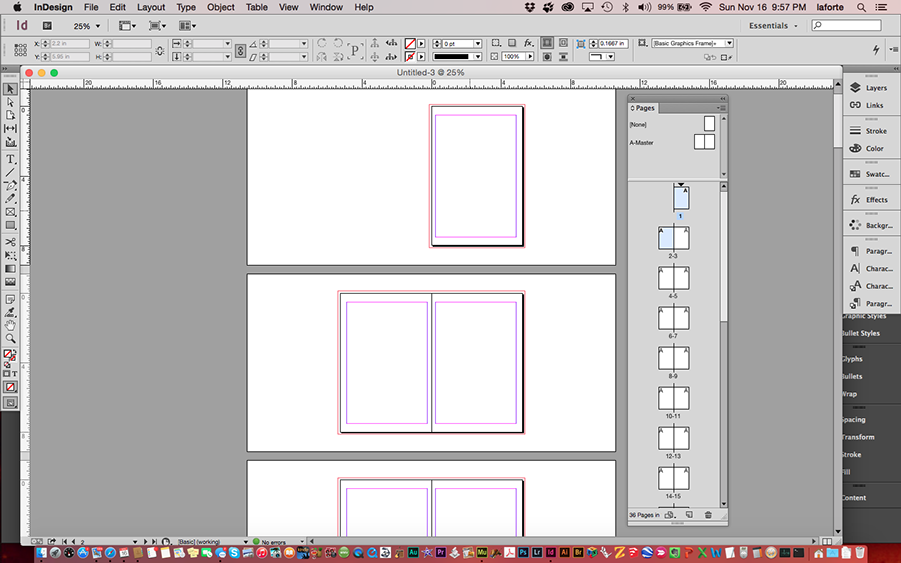
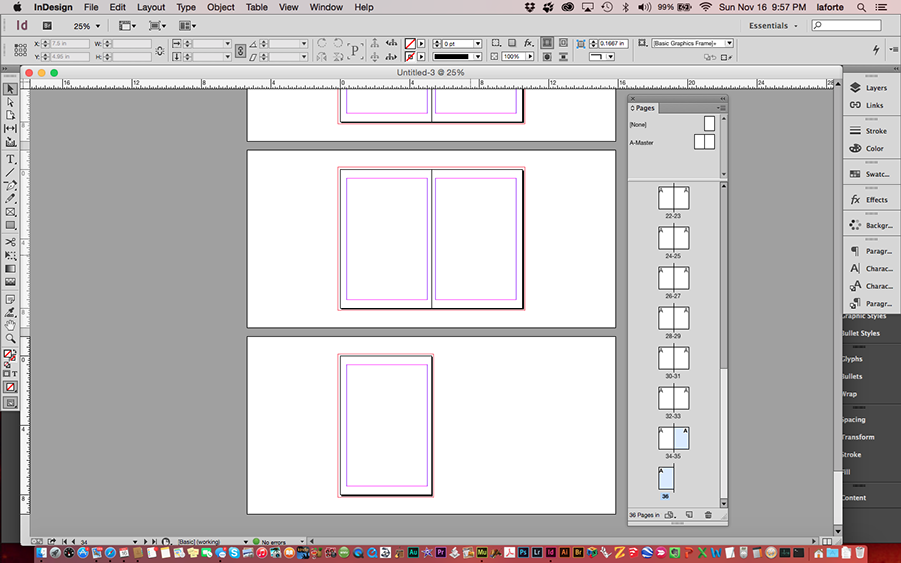
8. THE TOOL PALETTE
90% of the tools that you’ll use in InDesign can be located in the tool palette. Although there are shortcut key that can make selecting tools faster, this is the one place you would go to find what you need. Note that this tool palette is from CS2. Later versions of InDesign have slight differences, but for the most part the main tools that you use are the same. Here are the most commonly used tools with their keyboard shortcut.
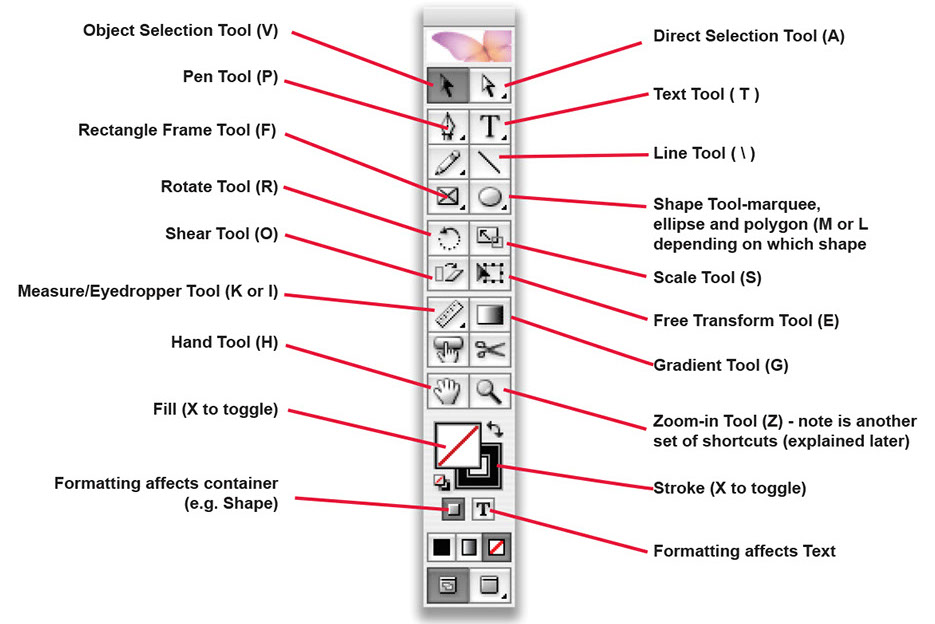
9. PLACING IMAGES
Let's start by placing images into your layout. You can do this several ways.
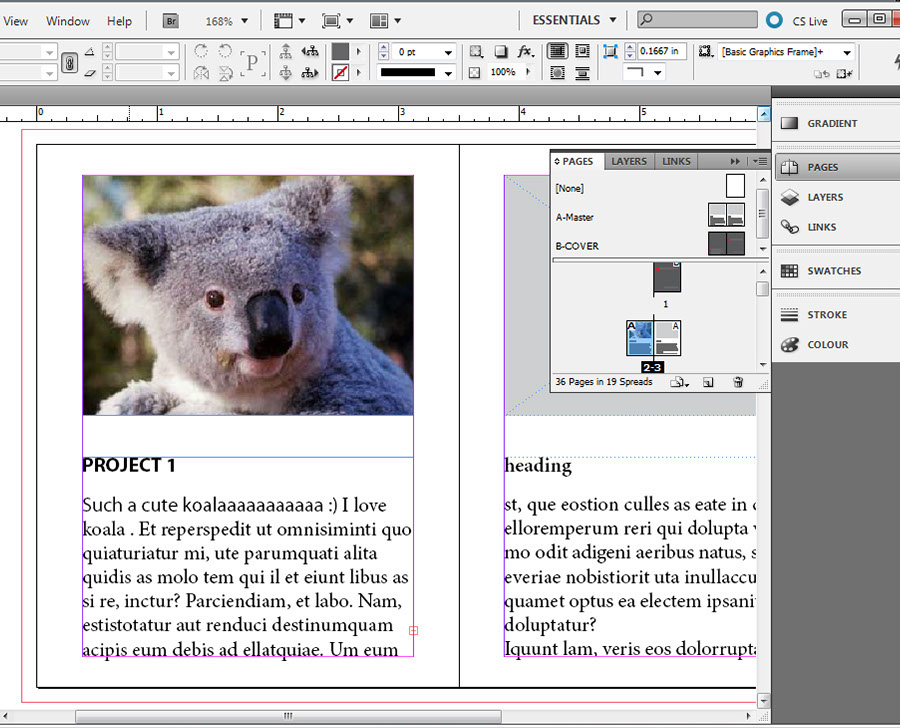
One way to go about it is to use the File Menu > Place option, also Cmd (Ctrl) + D, shown at right.
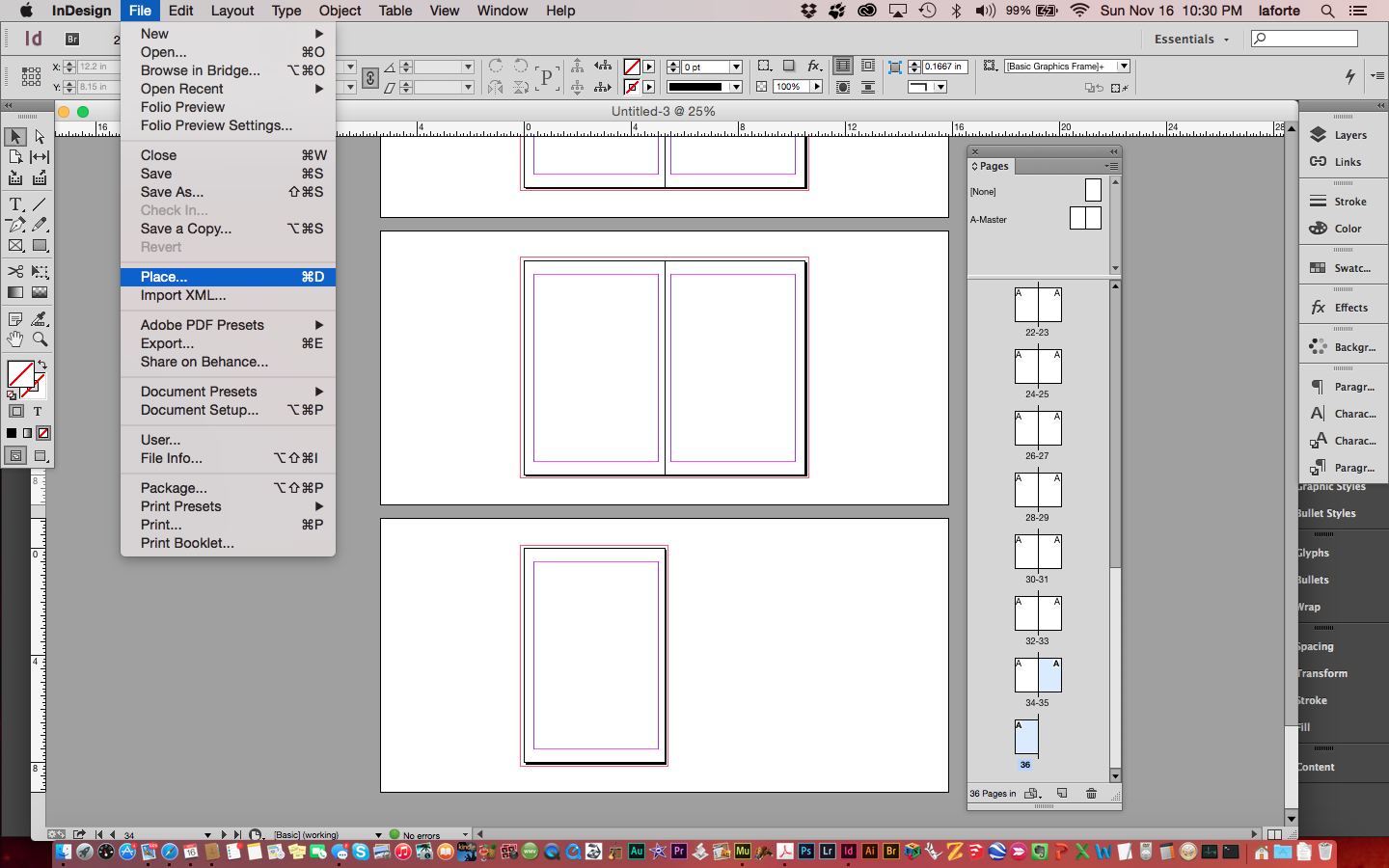
Another method is to simply drag the file you want from the finder window onto your document, as shown below.
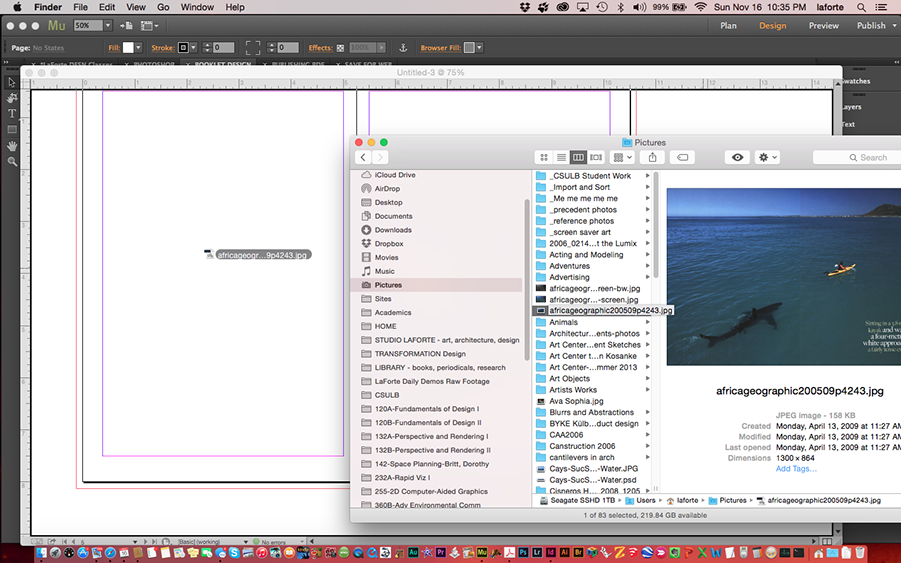
And finally, the last method is by creating a Picture Box using the Frame Tool, indicated here. If you click and hold down the mouse on this shape, you'll see many other shaped frames to choose from. Just like in Illustrator and Photoshop, use the Shift key when dragging this shape and it'll constrain the proportions to a perfect square or circle. Once you have your shape created, use the Place...
or Cmd (Ctrl) + D shortcut to locate the photo or illustrator graphic you want to place.
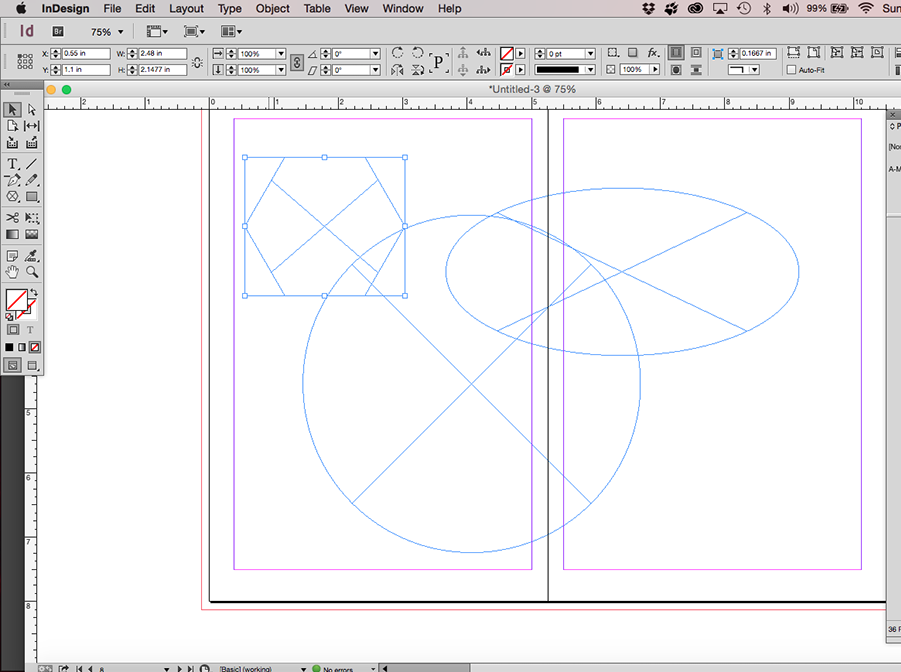
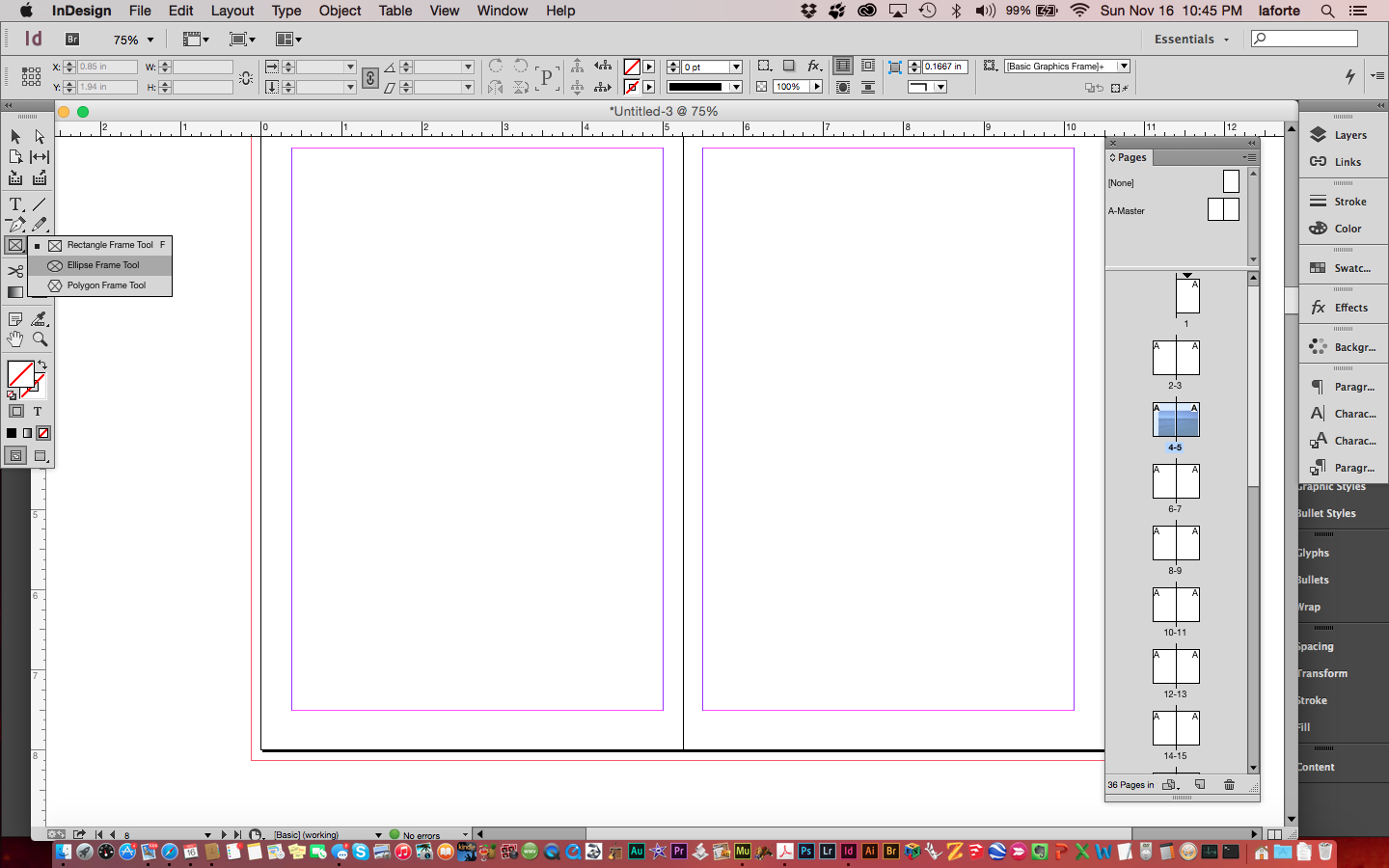
10. PLACING TEXT
Go to the T tool and drag a text frame. Now you can type your text, or copy an paste text from another document, such as from an email message.
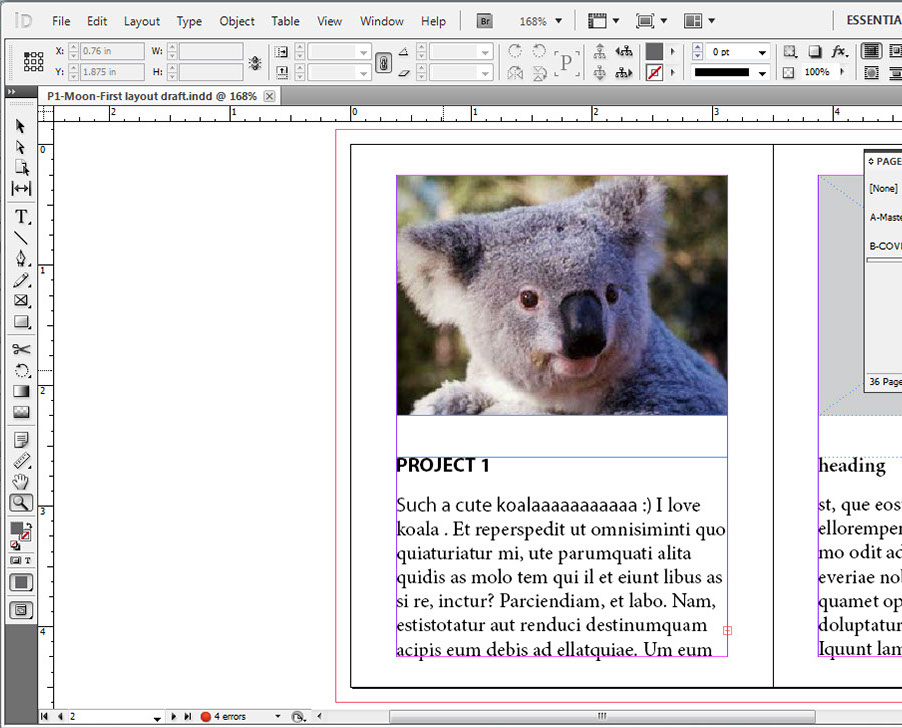
The steps above should have your project underway. The following are some of the many other topics we will cover in class and covered in this guide InDesign-Introduction to Basics:
CREATING GUIDES
USING GRIDS FOR ORGANIZING YOUR CONTENT
USING MASTER PAGES
CREATING OTHER GRAPHICS
MORE SHORTCUT COMMANDS
USING THE SAMPLE TOOL TO
COPY ATTRIBUTES
FILL AND STROKE COLORS
AUTOMATIC PAGE NUMBERING
USING MASTERS
MORE SHORTCUT COMMANDS
TEXT FRAMES
MULTIPLE COLUMNS
FLOWING TEXT
FILL AND STROKE COLORS
LEADING, KERNING AND OTHER
TEXT FORMATTING
PRODUCT EXAMPLES
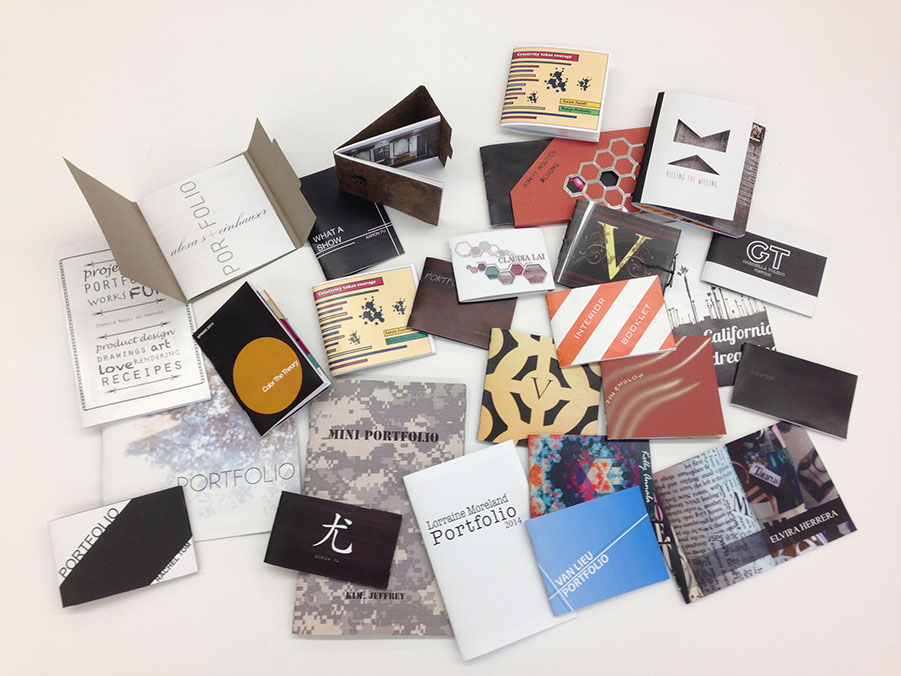
GO BEYOND THE BASIC LAYOUT
Seek out opportunities to make your book special. The size and format is one aspect, but customized materials used strategically can take it to another level. Consider using a special stock on the cover or work in a fold-out spread. These can be very tricky and in some cases will require a separate file to later be synchronized in final production. While adding complexity may seem intimidating, your final piece will be far more unique and richer
in value as a result of your added effort.
This student hand cut a "window" on the cover, known as a die-cut. The book showcases his professional photography, so he made sure to leverage his images with large editorial style spreads.
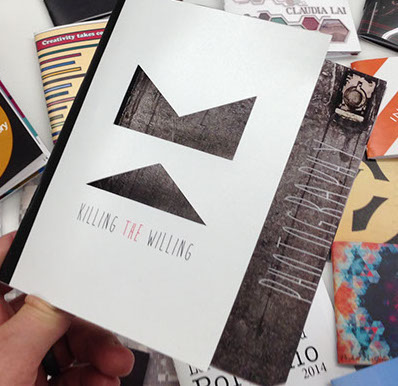
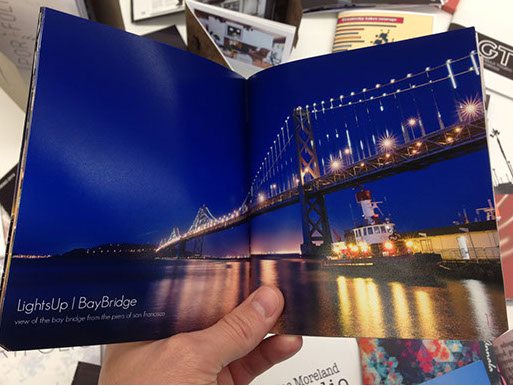
This student added a textured custom paper with a tabbed fold-over cover, creating a tactile experience.
The inside spreads are minimally treated so as to keep the viewer engaged with her work.
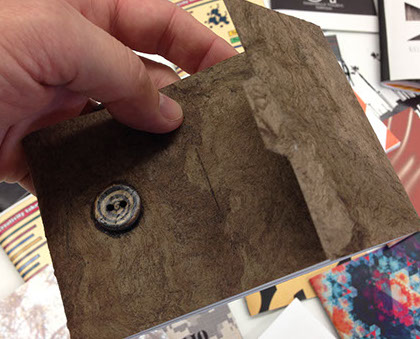
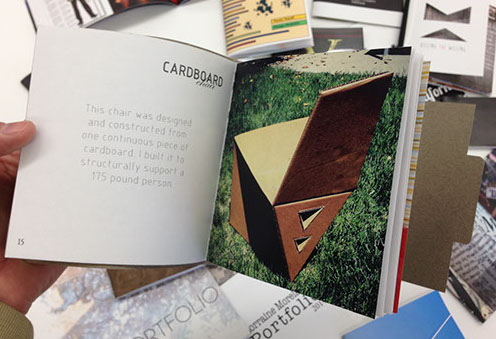
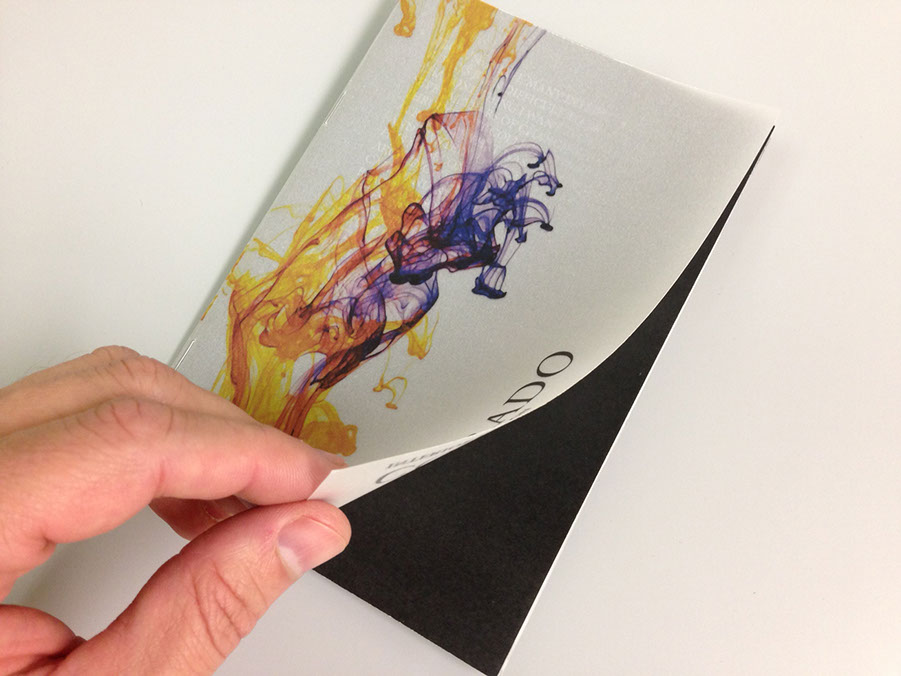
This student used a UV Velum on the cover. In this style of book, the cover layer folds
over to the back.
This piece by Amin Ghassemi features a foldout spread in the center of the book. He also used a classic threaded stitching rather than the faster modern staple stitch. A subtle and value-added detail that is truly felt by the recipient or reader.
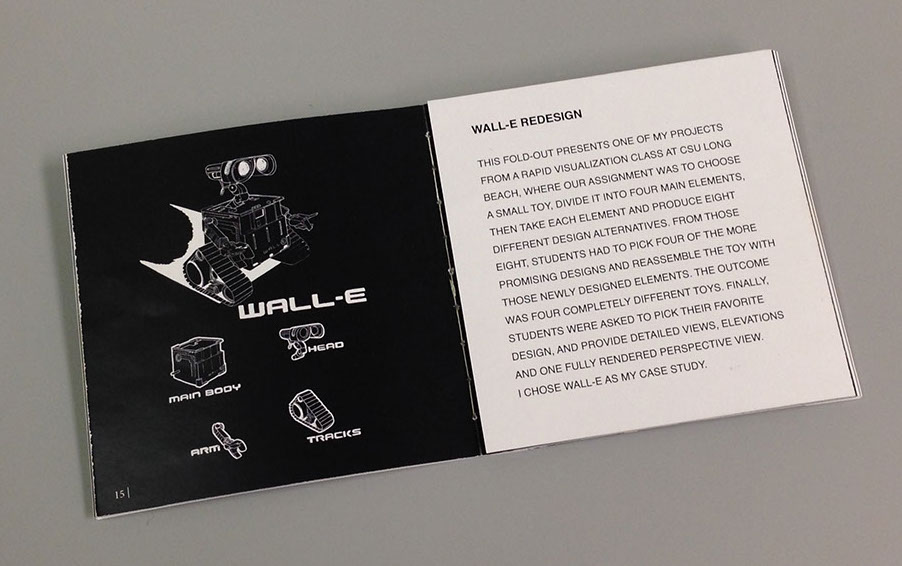
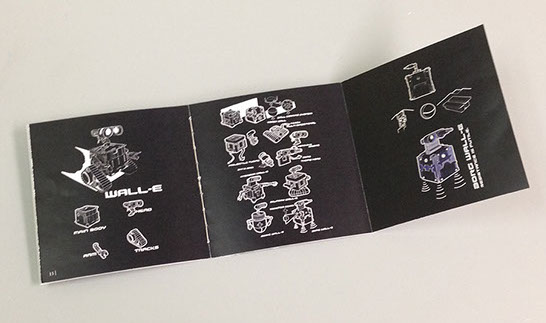
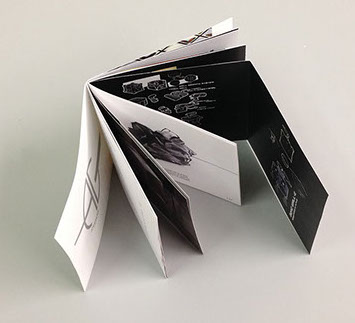
PROFESSIONAL EXAMPLES, OTHER APPLICATIONS AND FORMATS
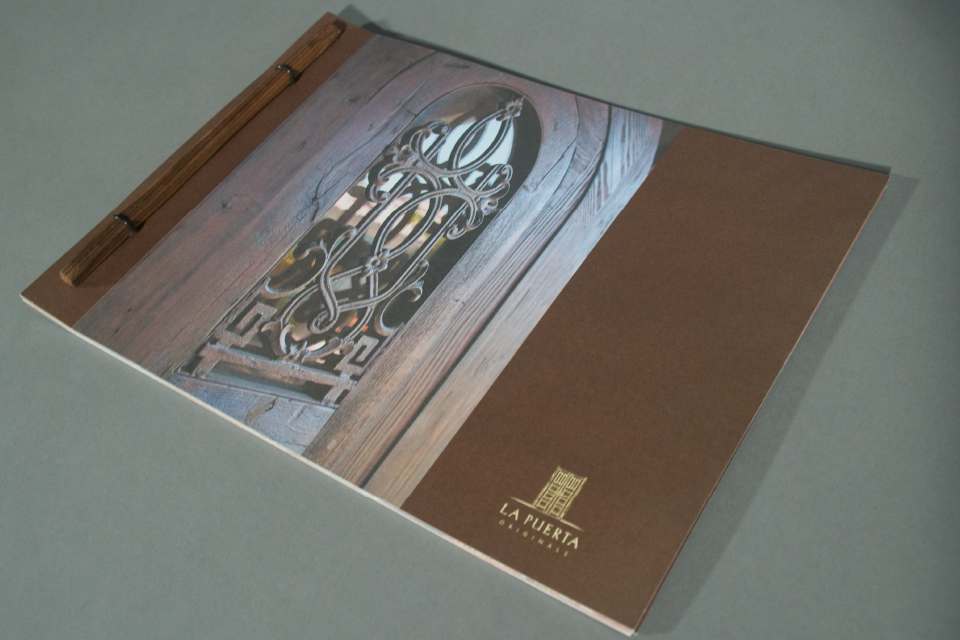
This professional piece produced for a company that specializes in selling rare, unique antique doors is bound using two pieces of rustic wood on both the front and back sides. Remember to think about your work from front to back, inside and out.
For the professional proposal below, we used our laser cutter in combination with laser printing to create a custom, short-run die-cut window for the cover. Simpler geometric cut-outs can be done by hand with an x-acto knife.
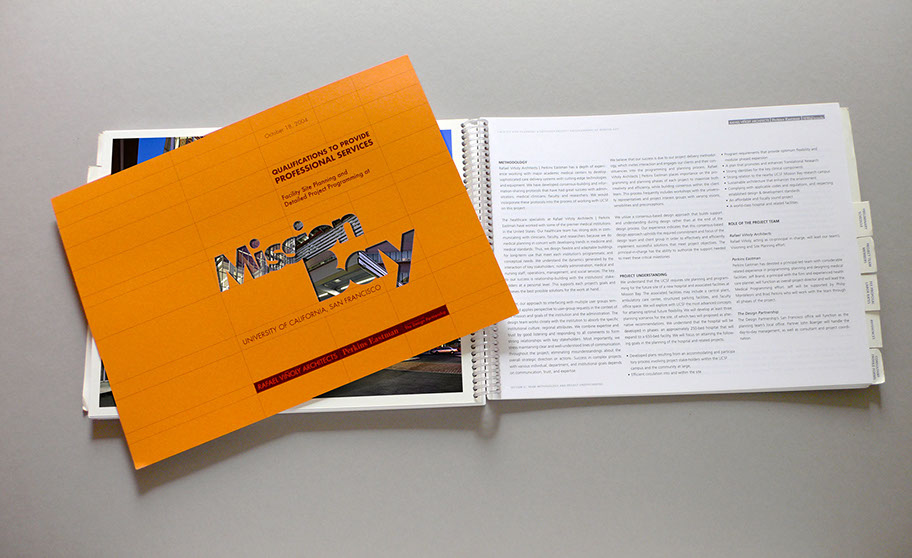
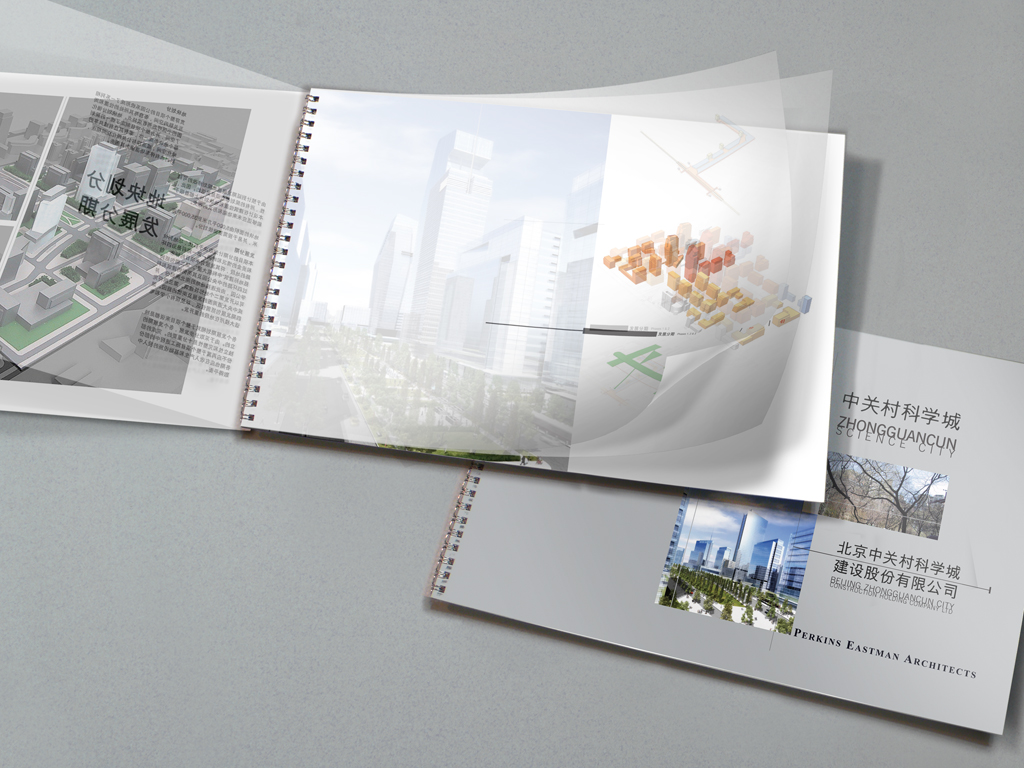
Although this example uses a wire binding, it's shown here as an example of using velum inserts to describe the proposed phasing development.
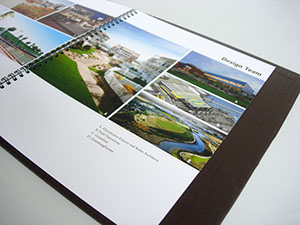
This book included custom printed and fabricated slip covers and jackets
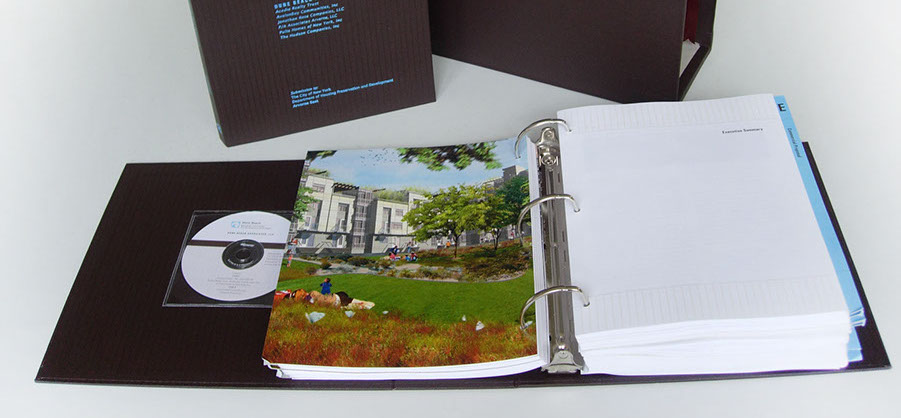
On a binder project like this, you may need to allocate even more space to the GUTTER margin, ie. the inside margin on your spread.
STUDENT LEARNING OUTCOMES
- Ability to use InDesign to layout, compose, and manage multiple projects in one narrative.
- Students will gain saturated exposure to some of InDesign's most fundamental layout tools.
- Students will gain knowledge of multi-page layout, desktop publishing.
- Students will be able to effectively organize their work into a cohesive portfolio.
- Students will gain an understanding of InDesign as a project management tool.
^
* Estimate only. See instructor and calendar for specific due dates. Summer Session schedule is more compressed with one week equal to approximately two and half semester weeks.
CSULB | COTA | DEPARTMENT OF DESIGN | BIO

Questions, feedback, suggestions?
Email me with your recommendations.
©2020 Michael LaForte / Studio LaForte, All Rights Reserved. This site and all work shown here is purely for educational purposes only. Where ever possible student work has been used or original works by Michael LaForte.
Works by professionals found online or in publication are used as instructional aids in student understanding and growth and is credited everywhere possible.
